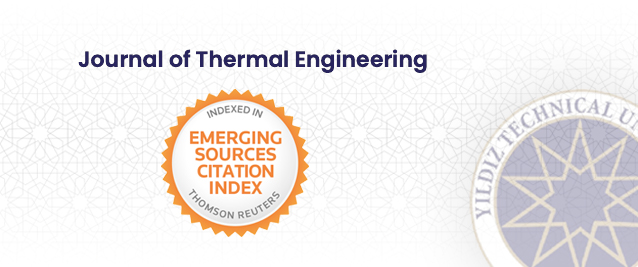2Northern Technical University, 36001 Kirkuk, Iraq
3Istanbul Medeniyet University, Mechanical Engineering Department, 34700, Istanbul, Türkiye
Abstract
Currently, one of the main energy consumers in many countries is the communal sector. In this case, the bulk of the energy is supplied by fossil sources. In this regard, studies in the field of alternative energy sources that can help solve not only the problem of energy saving, but also the problem of environmental pollution and prevent the approaching environmental collapse deserve special attention. One of the most promising sources of alternative energy in the field of communal utilities is heat pump that use the low-temperature heat of renewable sources and the heat of the upper layers of the soil. Soil, as an energy source, has an almost constant and sufficiently high temperature level, which determines the sufficient efficiency of using its heat. However, the widespread occurrence of this type of heat pump is hindered by the high cost of the ground heat exchanger and its installation. In this regard, the development of new heat supply schemes having higher energy efficiency is relevant. To solve this problem, a combined heating and ventilation scheme based on ground heat pump was developed. The feature of this scheme is the use of additional low-temperature energy sources, such as the heat of ventilation emissions and wastewater of a heat supply facility. On the basis of the scheme the thermodynamic model in which the equation of the basic balance of separate elements and the scheme as a whole found the defining parameters characterizing work of system is developed. An algorithm for determining parameters at the nodal points of the chain is proposed, on the basis of which a numerical analysis of the circuit is performed. The results of the analysis are presented in the form of graphical dependencies. Features of operation of the scheme depending on the set initial parameters and ambient temperature are shown. Conclusions are made on the possible reduction of capital and operating costs for heating and ventilation due to the proposed solution.























